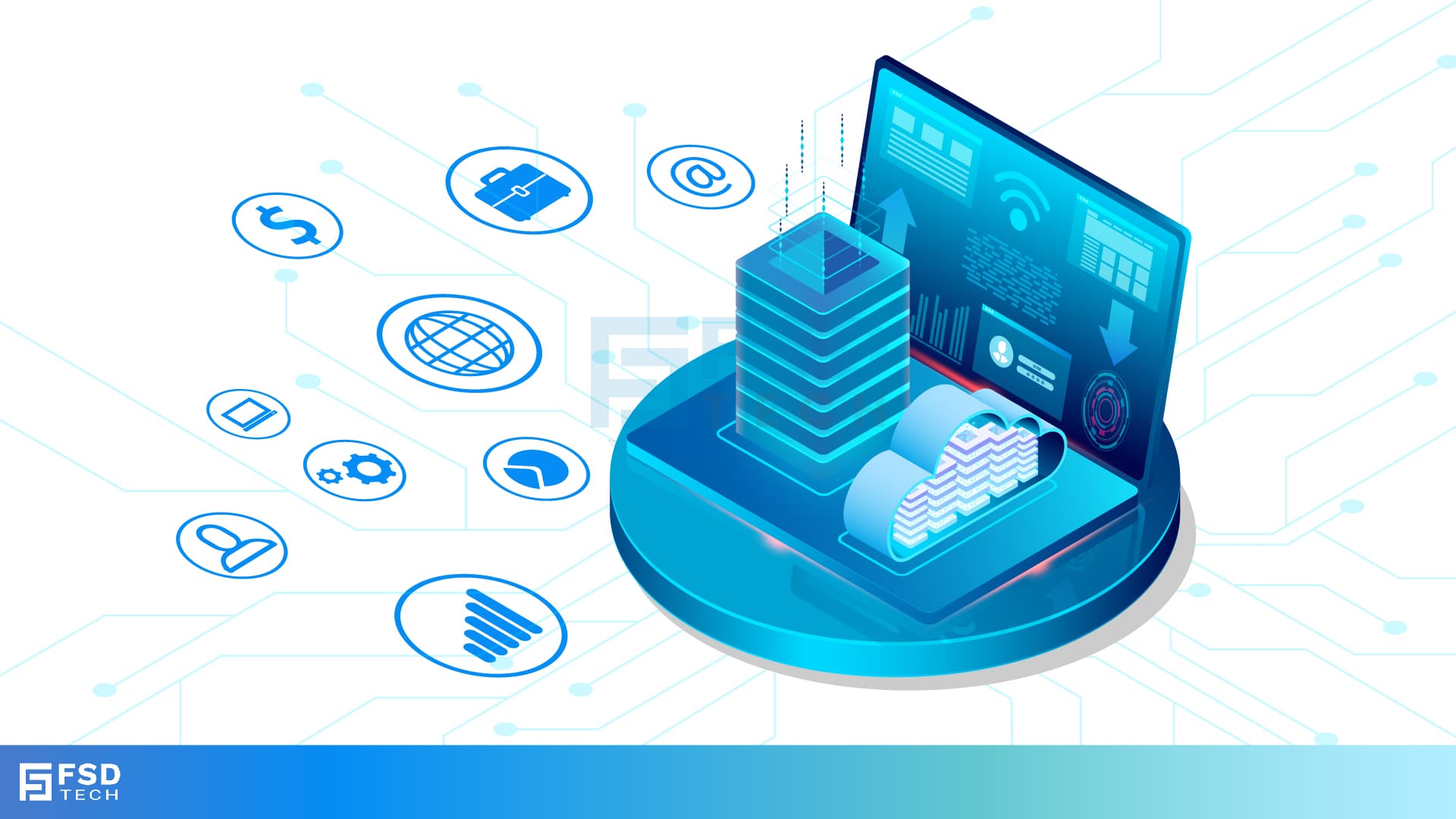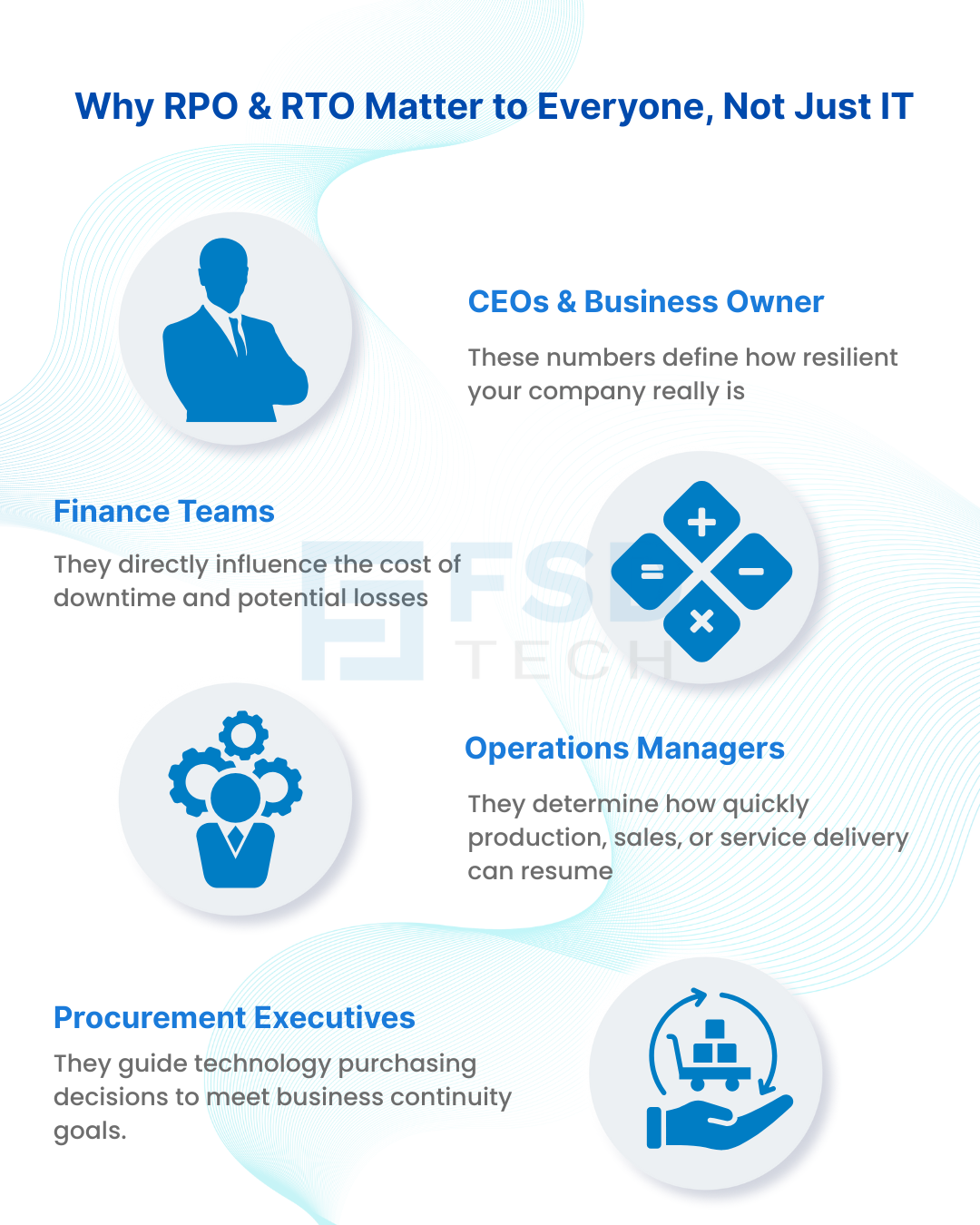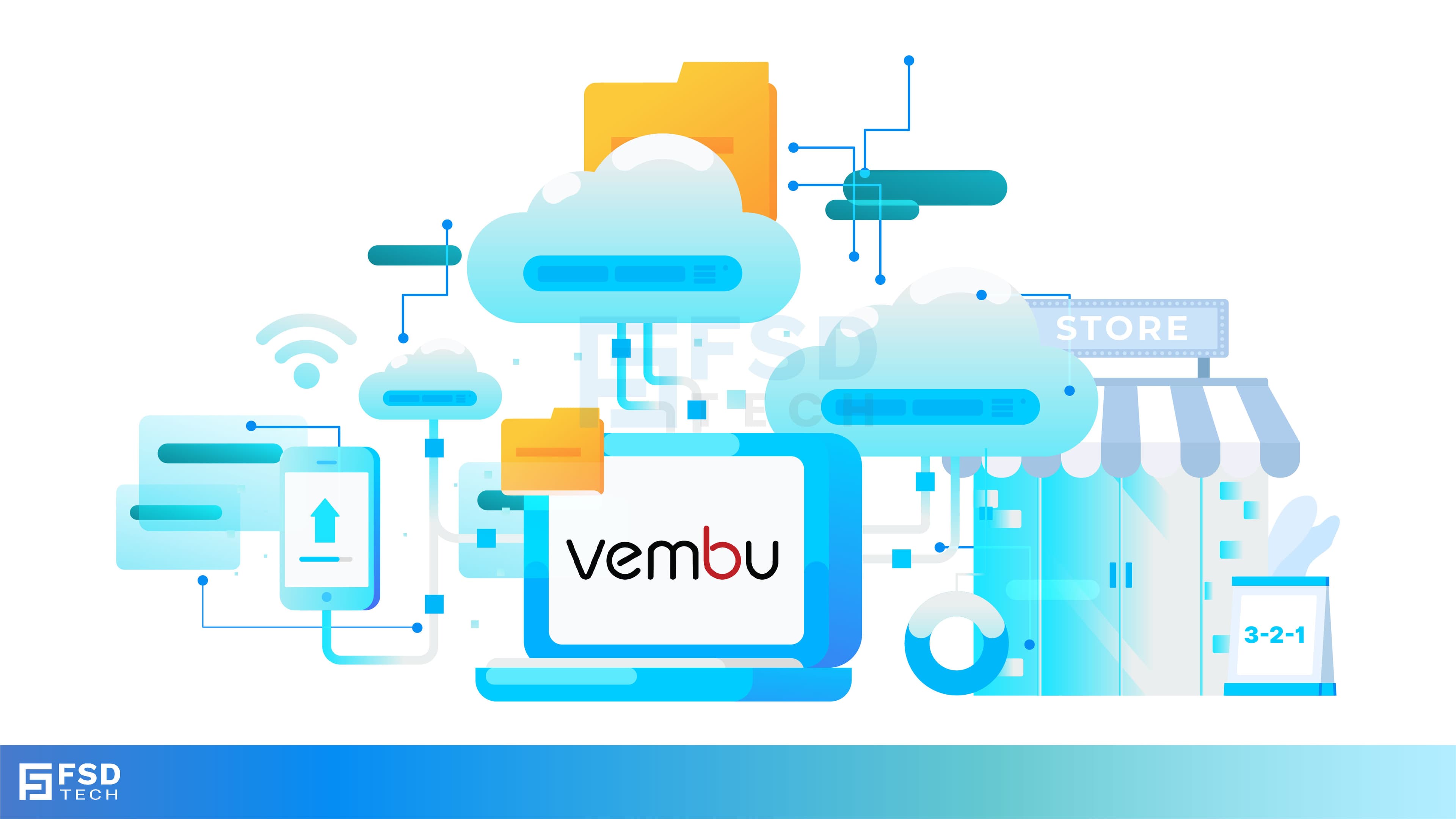
Inside Cato’s SASE Architecture: A Blueprint for Modern Security
🕓 January 26, 2025

When disaster strikes, two questions will decide your company’s fate:
How much data can we afford to lose?
How long can we afford to be down?
These aren’t just IT questions — they’re business survival questions.
And the answers are wrapped up in two critical terms: RPO and RTO.
Last summer, a manufacturing company in Muscat faced a server failure that halted production.
The operations manager thought they had backups in place — and they did — but their last backup was three days old.
That meant:
Those nine hours cost the company not just in idle labor and delayed shipments, but also in penalty fees for missing delivery deadlines. The total bill? Over $350,000.
If they had known their RPO and RTO, this damage could have been cut dramatically.
Think of RPO as “how much data you can afford to lose” in a disaster.
In the Muscat factory example: Their RPO was effectively 72 hours — which meant losing three days’ worth of work was “built into” their system, even if they didn’t realize it.
The takeaway:
Lower RPO = More frequent backups = Less data loss.
RTO is “how quickly you need to get back up and running” after a disaster.
In the Muscat factory example: Their RTO was nine hours, which was far too long for a production floor that loses thousands per hour of downtime.
The takeaway:
Lower RTO = Faster recovery = Less operational disruption.
In short, RPO and RTO aren’t “techie terms” — they are business KPIs for survival.
Vembu is designed to give businesses tight RPOs and RTOs without the high price tag of enterprise-only systems.
Example:
A retail chain in Dubai reduced their RPO from 12 hours to just 15 minutes and their RTO from 4 hours to 20 minutes with Vembu — allowing them to recover their POS systems mid-day without losing sales.
Ask yourself:
If either number makes you nervous, it’s time to review your backup and recovery plan.
Tomorrow’s Topic - We’ll break down “Common Myths About Backup and Disaster Recovery — Busted” to clear up the most dangerous misunderstandings we see in the market.
Not sure what your RPO and RTO are right now?
We can help you calculate them and see if your current backup setup meets your needs. Book a free RPO/RTO assessment today.

RPO stands for Recovery Point Objective — the maximum age of data you can afford to lose during an outage. It’s essentially asking: “If my systems crash, how far back in time can I go and still function without unacceptable damage?”
For example:
In business terms, RPO directly affects operational continuity. If your customer orders, invoices, or production data are lost beyond your RPO, you’ll be spending time and money recreating work — or worse, unable to recover it at all.
RTO stands for Recovery Time Objective — the maximum amount of time you can allow systems to be down before serious business consequences occur.
It answers the question: “How quickly do we need to be back up and running after an outage?”
For example:
Where RPO is about how much data you lose, RTO is about how long you can be without your systems.
They are the cornerstones of disaster recovery planning. Without clearly defined RPO and RTO, you are essentially guessing at your ability to survive disruptions.
Getting these numbers wrong can mean the difference between a small hiccup and a multi-day operational crisis.
RPO and RTO aren’t just for IT teams — they are business-wide priorities:
When everyone understands these numbers, recovery strategies become more realistic and budget-aligned.
They are calculated based on a mix of business requirements and technical feasibility:
IT teams will often run Business Impact Analyses to align backup frequency and recovery methods to these targets.
Yes, but it’s costly and complex. Zero RPO means real-time replication — every change is instantly copied to a standby system. Zero RTO means instant failover — if one system fails, another takes over immediately. This is common in high-stakes industries like:
For most businesses, a balance is struck between cost and acceptable risk.
A high RPO means infrequent backups, which increases the chance of losing large amounts of data.
Example: If you back up your ERP system once every 24 hours and it fails 5 minutes before the next backup, you lose nearly a full day’s worth of:
The recovery effort may take days of manual work to reconcile records — or the data may be unrecoverable.
A long RTO means prolonged downtime. In some industries:
The longer it takes to recover, the greater the direct and indirect losses.
Vembu allows for near-continuous backups — as frequent as every few minutes — ensuring minimal data loss. It supports:
This lets businesses set and achieve aggressive RPO targets without overloading their infrastructure.
Vembu’s features are built for rapid restoration:
By eliminating time-consuming processes, Vembu can reduce downtime from hours to minutes.
No. Systems should be prioritized based on criticality:
Vembu lets you apply different backup schedules and recovery methods to different systems.
Yes. Business growth, new regulations, or changes in customer expectations can require tighter RPO and RTO. Regular reviews — at least annually — ensure your targets still make sense.
The only way to be certain is to test.
Vembu includes testing tools to simulate outages without disrupting live operations.
Not always. Cloud integration, incremental backups, and instant recovery features mean even SMBs can achieve impressive targets without enterprise budgets. The real cost is failing to meet your targets when disaster strikes.

Nasmal is a Solution Architect & Business Analyst focused on AI, Data, Automation, BCP, and Process Optimization. He helps businesses evolve from reactive to proactive, data-driven, and resilient operations. With hands-on expertise, he simplifies complex tech into clear, easy-to-understand blogs.
Share it with friends!

🕓 November 24, 2025

🕓 September 16, 2025

🕓 September 5, 2025
share your thoughts